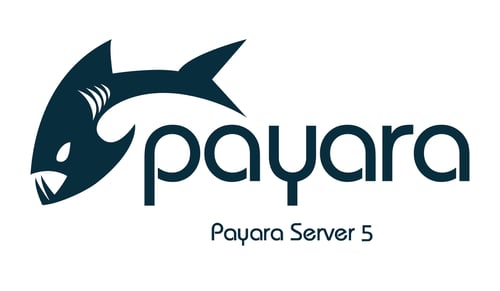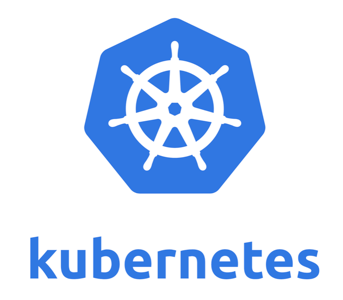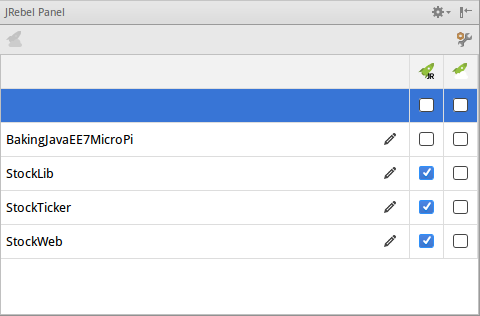Archive from December 2017
Payara Server Beta 1 がリリースされました!
Published on 22 Dec 2017
by Andrew Pielage
Topics:
What's New,
Caching,
MicroProfile,
Arquillian,
Payara Server 5,
Japanese language,
Kubernetes
|
0 Comments
お楽しみの、喜びの、奉仕の、そして釣りの (違った、最後のは私が付け加えただけです) 季節がやってきました。そして世界中の皆様、このお休みに (訳注: イギリスはクリスマスと翌日が祝日です) Payara Server 5 の最初のベータ・リリースをお届けします。ダウンロードはこちらからどうぞ。本当は何が欲しかったのか、私は知っているんですよ。
Payara Server 5 Beta 1 release is here!
Published on 22 Dec 2017
by Andrew Pielage
Topics:
What's New,
Caching,
MicroProfile,
Arquillian,
Payara Server 5,
Kubernetes
|
1 Comment
It’s the season of joy, cheer, giving, and fish (no, I haven’t just added the last one) and so as a gift to the world we’ve just released the first Beta release of Payara Server 5 in time for the holidays - download here. I know, it’s exactly what you wanted.
Kubernetes Native Discovery with Payara Micro
Published on 20 Dec 2017
by Susan Rai
Topics:
Payara Micro,
Microservices,
Hazelcast,
Clustering,
Cloud,
Kubernetes
|
1 Comment
Payara Micro supports Hazelcast out of the box, and can be used for clustering. This allows members in the cluster to distribute data between themselves, amongst other things. By default, Hazelcast comes with multiple ways to discover other members in the same network. A multicast discovery strategy is commonly used for this purpose; a multicast request is sent to all members in a network and the members respond with their IP addresses. Another strategy must be employed if a member cannot or does not wish to provide their IP address.
Speed up Microservice Development with JRebel and Payara Micro
Published on 14 Dec 2017
by Mike Croft
Topics:
Maven,
Payara Micro,
Microservices,
How-to,
Uber JAR
|
0 Comments
Admitting When You’re Wrong
Just recently, I have had to admit being wrong. Very wrong. Way back at the start of October, I was feeling the familiar sensation of panic and dread that only happens right before I need to give a presentation that includes a demo! In the end, there were major problems with the AV setup in the room I was allocated, so even arriving as early I could to set up didn’t give the techs enough time to hook up my laptop successfully.
Payara Server Basics Part 7 - Creating a simple Payara Server Cluster in Windows with DCOM
Published on 08 Dec 2017
by Michael Ranaldo
Topics:
Hazelcast,
Payara Server Basics,
Clustering,
How-to,
GlassFish basics,
Scalability,
JVM,
Apache,
Payara Server Basics - Series,
Developer
|
3 Comments
Taking our introductory series onwards, this blog will look at how you set up a simple Payara Server cluster on Windows using the native remote control protocol, DCOM. We will set up two instances on Windows 10, controlled by a third Domain Administration Server (DAS) instance on Windows 7 via DCOM, and cluster them together using Hazelcast. Finally, we will deploy our trusty clusterjsp application to demonstrate how the data is being shared across our instances.




